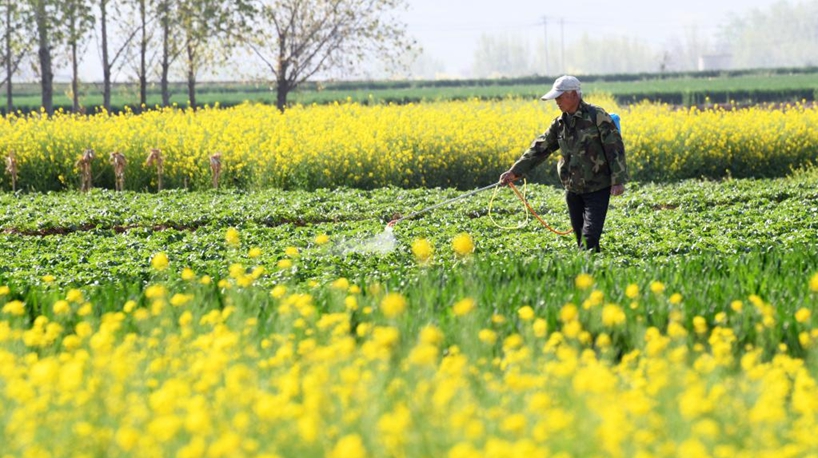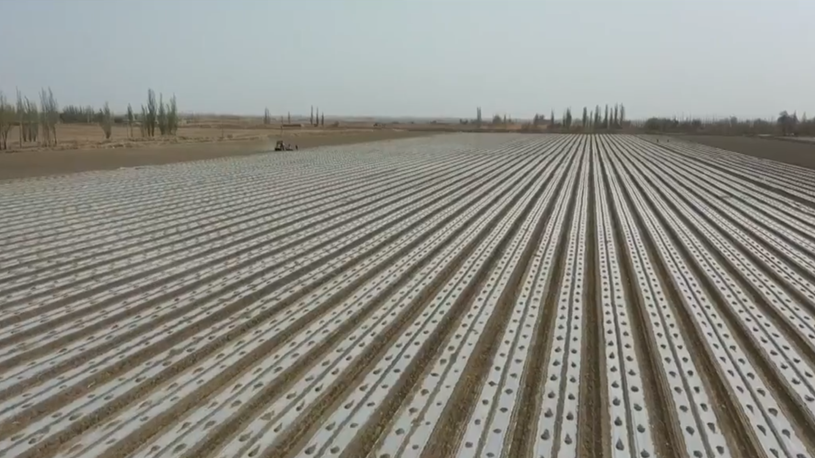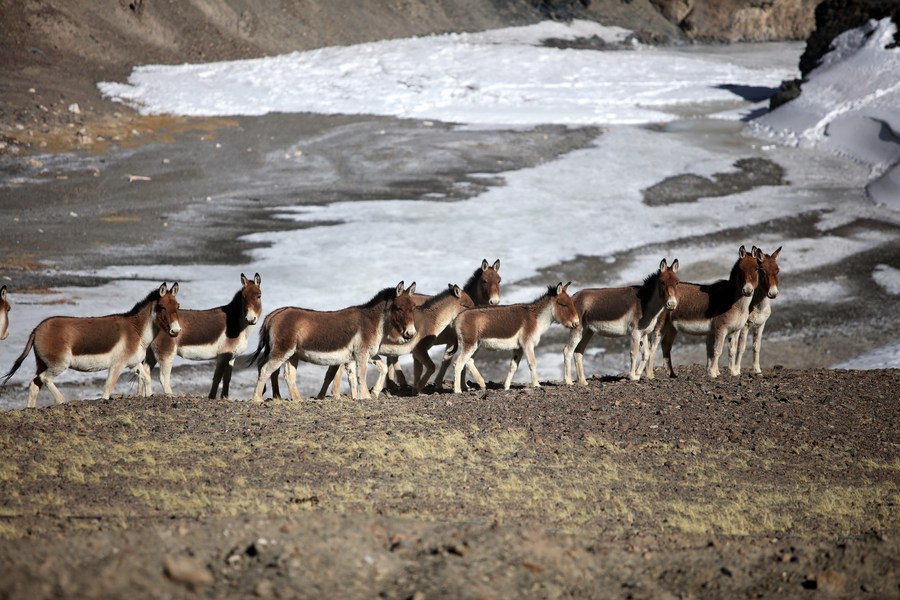
Photo taken on April 8, 2022 shows a herd of Tibetan wild asses in Rutog County, southwest China's Tibet Autonomous Region. (Xinhua/Jiang Fan)
LHASA, April 16 (Xinhua) -- Tibet Autonomous Region in southwest China has become an ideal habitat for wild animals over the years amid the region's thriving biodiversity protection endeavors.
Compared to statistics released by the regional wildlife conservation society in the 1990s, the population of Tibetan wild ass has risen to around 90,000 from 50,000 previously.
The population of black-necked cranes has exceeded 10,000 from 1,000 to 3,000 previously, while the number of wild yaks rose to about 10,000.
Meanwhile, the population of Tibetan antelopes has surged from 50,000 to more than 300,000 over the past decades.

Photo taken on April 10, 2022 shows a flock of bar-headed geese in Rutog County, southwest China's Tibet Autonomous Region. (Xinhua/Jiang Fan)
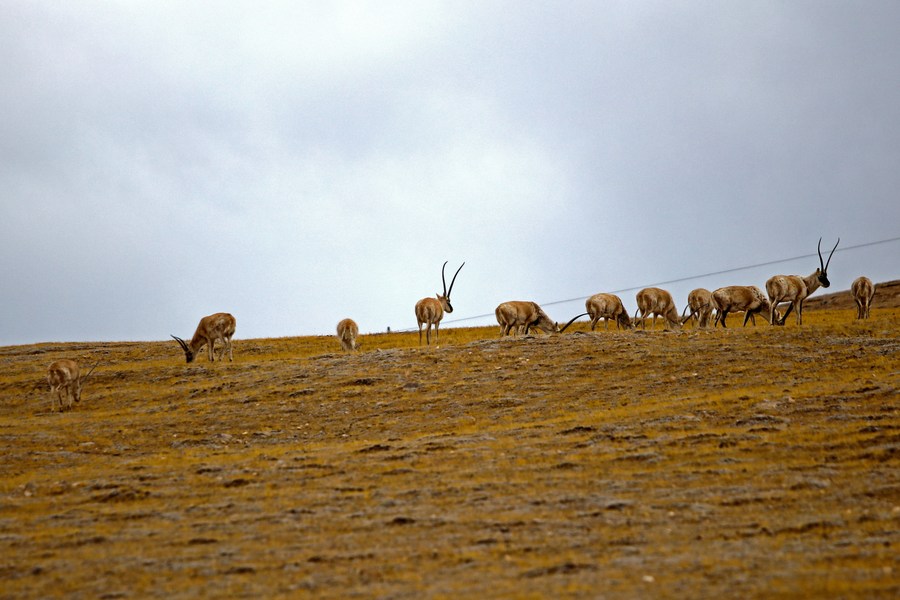
Photo taken on April 12, 2022 shows a herd of a Tibetan antelopes in Gerze County, southwest China's Tibet Autonomous Region. (Xinhua/Jiang Fan)
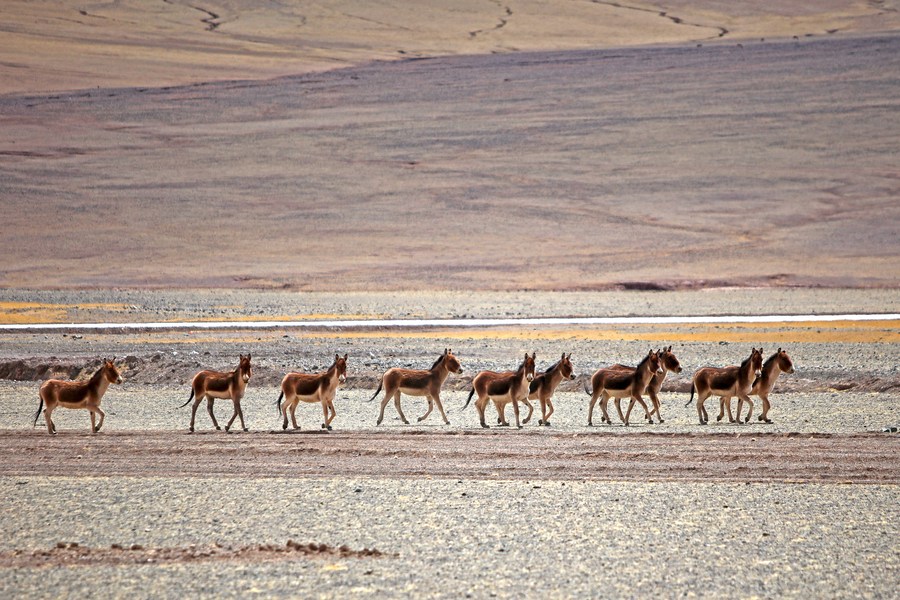
Photo taken on April 12, 2022 shows a herd of Tibetan wild donkeys in Ge'gyai County, southwest China's Tibet Autonomous Region. (Xinhua/Jiang Fan)
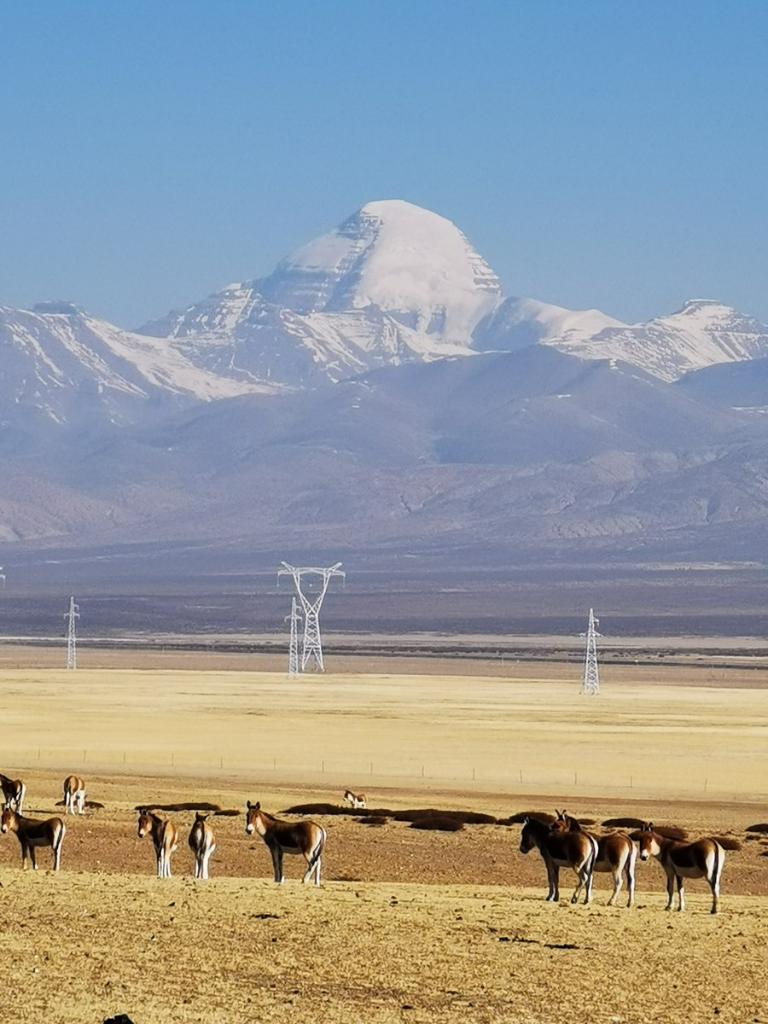
Photo taken with a mobile phone shows a herd of Tibetan wild asses in Burang County, southwest China's Tibet Autonomous Region, April 7, 2022. (Xinhua/Shen Hongbing)
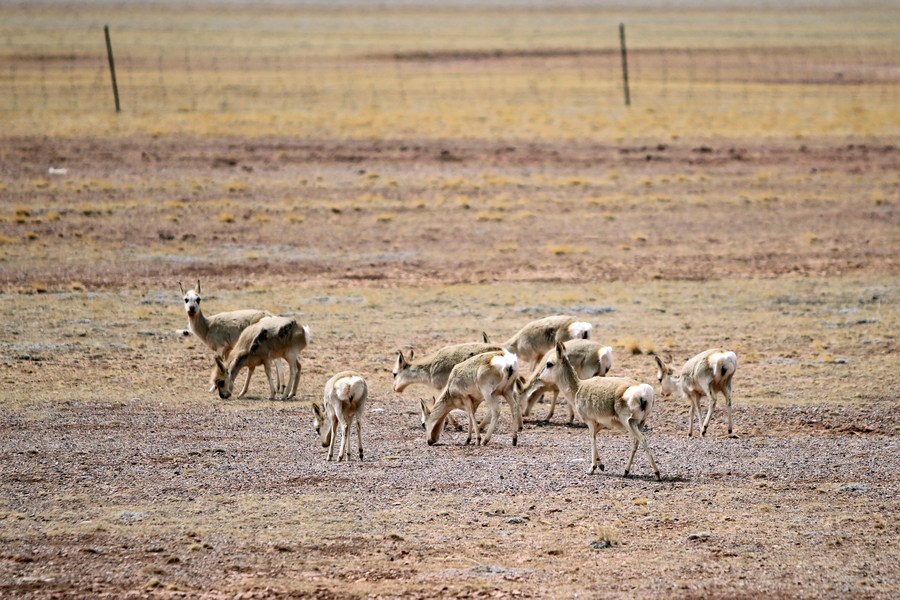
Photo taken on April 12, 2022 shows a herd of Tibetan gazelles in Gerze County, southwest China's Tibet Autonomous Region. (Xinhua/Jiang Fan)

Photo taken on April 13, 2022 shows a bearded vulture in Baingoin County, southwest China's Tibet Autonomous Region. (Xinhua/Lodro Gyatso)
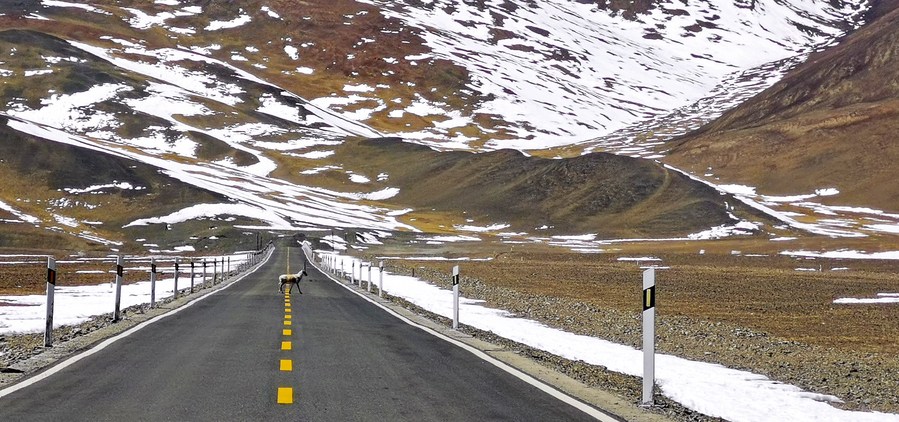
Photo taken with a mobile phone shows a Tibetan antelope walking across a road in Rutog County, southwest China's Tibet Autonomous Region, April 9, 2022. (Xinhua/Shen Hongbing)
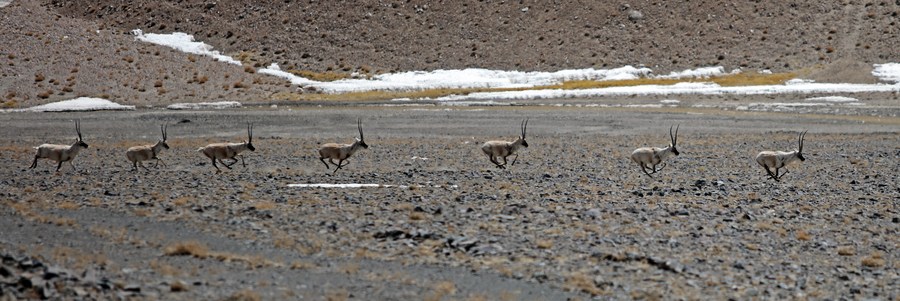
Photo taken on April 9, 2022 shows a herd of Tibetan antelopes in Rutog County, southwest China's Tibet Autonomous Region. (Xinhua/Jiang Fan)
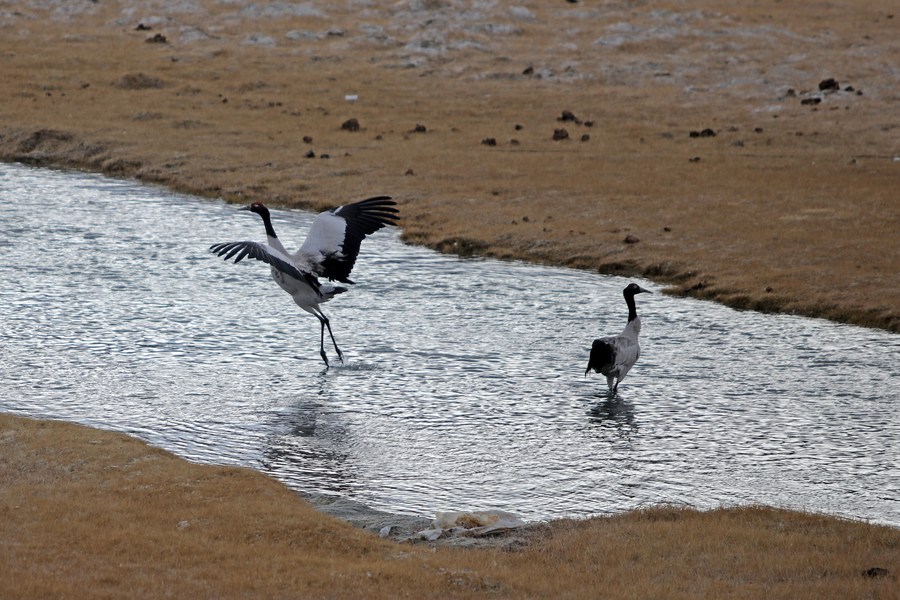
Photo taken on April 9, 2022 shows black-necked cranes in Rutog County, southwest China's Tibet Autonomous Region. (Xinhua/Jiang Fan)■





